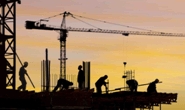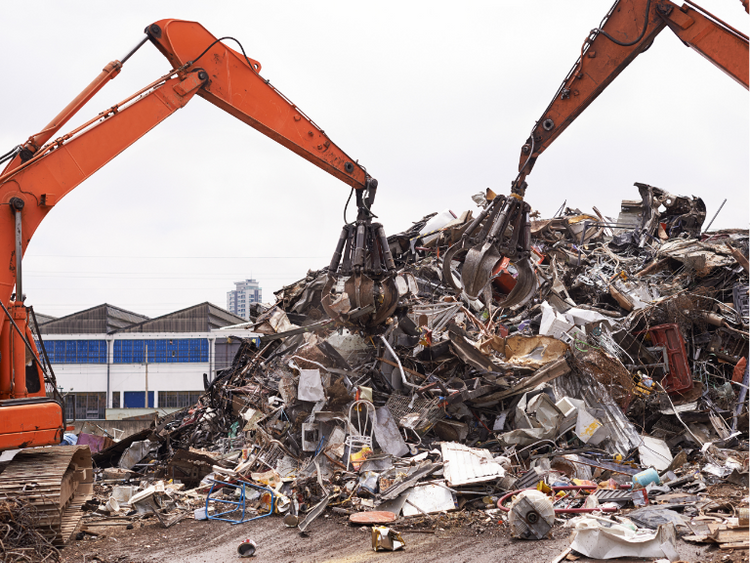Analysis

September 30, 2019
AGC: Construction Spending Edges Higher in August
Written by Sandy Williams
Construction spending edged up 0.1 percent in August from July but declined from year-ago levels, with divergent trends in residential and nonresidential categories, according to an analysis by the Associated General Contractors of America of new federal spending data. Association officials said that many contractors in its recent survey report that staffing challenges are causing projects to take longer than expected, which may be holding down spending. They urged government officials to boost funding for career and technical education and pass comprehensive immigration reform to ease the shortage of construction workers that is slowing projects.
“Eighty percent of the nearly 2,000 contractors responding to our workforce survey this summer reported difficulty filling hourly craft positions,” said Ken Simonson, the association’s chief economist. “Of the firms experiencing staffing challenges, almost half—44 percent—said that projects had taken longer than anticipated. Those delays may be one reason that spending put in place is lagging, even though contractors almost universally report they are busy and would be doing even more projects if they could find enough workers.”
Construction spending totaled $1.287 trillion at a seasonally adjusted annual rate in August, a gain of 0.1 percent from the July rate but 1.9 percent less than the August 2018 rate, according to Census Bureau estimates. Year-to-date spending for January-August combined fell 2.3 percent from the year-ago total.
Public construction spending increased 0.4 percent for the month and 4.6 percent year-to-date. Among the three largest public categories, spending in the first eight months of 2019 climbed 10.8 percent compared to the same period in 2018 for highway and street construction spending, 0.9 percent for educational construction and 9.3 percent for transportation (airports, transit, rail and port) projects.
Private nonresidential spending decreased 1.0 percent from July to August and 0.1 percent year-to-date. Major private nonresidential segments experienced mixed year-to-date results. The largest—power construction (comprising electric power generation, transmission and distribution, plus oil and gas fields and pipelines)—climbed 6.2 percent year-to-date. Commercial (retail, warehouse and farm) construction plummeted 14.9 percent. Manufacturing construction posted a 3.7 percent gain. Private office construction spending rose 7.7 percent.
Private residential construction spending increased 0.9 percent for the month but slid 5.0 percent year-to-date. Single-family homebuilding rose 1.4 percent from July to August but decreased 8.4 percent year-to-date, while spending on multifamily projects was down 0.9 percent for the month but up 6.5 percent year-to-date. Spending on residential improvements increased 0.8 percent for the month but declined 6.4 percent year-to-date.
Association officials warned that project delays may worsen, noting that nearly three-fourths of the respondents to its survey expect it will be as hard or harder to hire hourly craft workers in the next 12 months, while 29 percent of firms are putting longer completion times into their bids or contracts to offset worker shortages. They urged government officials to act promptly to increase the supply of workers.







